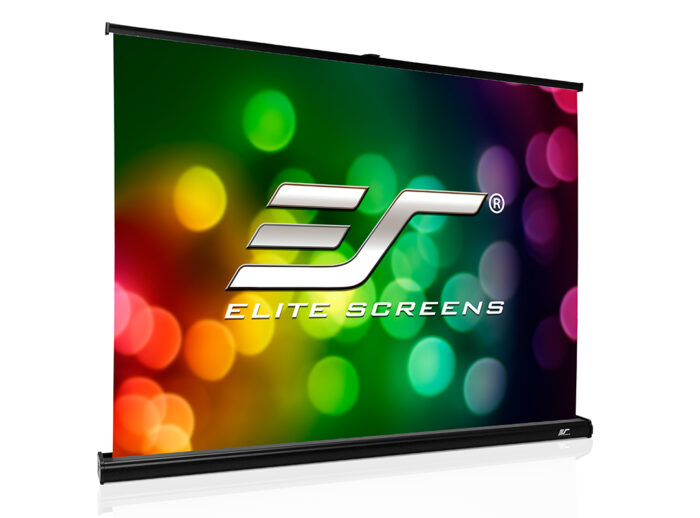The Elite Screens ezCinema Tab-Tension CineGrey 4D is Reviewed by Sound & Vision
Home Theater Anywhere : Elite Screens ezCinema Tab-Tension CineGrey 4D

Home theater comes in many shapes and sizes, but one constant is that it could be a more portable experience. But it’s not impossible! Elite recently sent an ezCinema Tab-Tension CineGrey 4D screen to evaluate, which is an excellent match for an Anker Nebula Mars 3 projector ($1099) that I have on hand. The Mars 3 has a built-in battery with up to five hours of playtime, although using the projector at its full light output lowers that to around two hours.

Regarding portable entertainment, you can do much with a phone or tablet, a projector, and this Elite screen. If you are having a party, you should project music videos. That makes this projector special; wherever you are, it’s got you covered for having a good time. The Elite screen comes in two sizes: 113″ ($939) and 121″ ($1039) measured diagonally, both in a 16:9 aspect ratio. 8″ is not a huge difference, but I used the 121″ version of the screen. I have a 98″ TV, and I must admit, a 121″ screen does not look as huge as it used to back when 85-inch TVs were considered an extravagance. The screen offers a 1.1 gain and ceiling light rejection and is designed for long-throw projectors and not USTs (or even regular short-throw models; you’ll lose a lot of light output if you try). Elite says the CineGrey 4D screen rejects 63% of ambient light.
Easy Does It
The screen’s deployment mechanism is fully manual; the case rests on the floor, and you extend a rod to the chosen length to hold up the extendable, masked, and tensioned screen. It is remarkably light and easy, creating an impressive “on-the-spot” cinematic display.
Please note that this Elite screen is not an outdoor screen. Nevertheless, it can be used outside temporarily if it is not windy and wet. This is because the screen material is relatively delicate and the stand is not designed to withstand the wind. It is for use in spaces that have little or no light control. The upshot is that the tab tensioning and the supple screen material work together to create a flat projection surface. The material is opaque; backlighting does not affect it at all.






